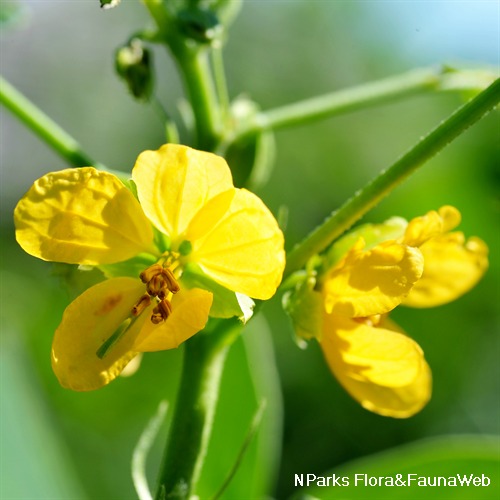
Back
Senna tora (L.) Roxb
| Family Name: | Fabaceae (Leguminosae) |
| Synonyms: | Cassia tora L. |
| Common Name: | Sicklepod, Sickle Senna, 决明子 |
Name
Classifications and Characteristics
| Plant Division | Angiosperms (Flowering Seed Plants) (Dicotyledon) |
|---|---|
| Plant Growth Form | Shrub |
| Lifespan (in Singapore) | Perennial |
| Plant Shape | Shrubby |
| Maximum Height | 1 m |
Biogeography
| Native Distribution | Southern China, South-East Asia and Western Polynesia |
|---|---|
| Native Habitat | Terrestrial |
| Preferred Climate Zone | Tropical |
| Local Conservation Status | Non-native (Spontaneous (Casual)) |
Description and Ethnobotany
| Growth Form | Erect shrublet, able to grow up to between 0.5 - 1.5 m tall. |
|---|---|
| Foliage | Compound leaves alternately arranged, measuring about 5 - 8 cm long, each leaf consisting of 2 - 4 pairs of leaflets and each leaflet is obovate to obovate-oblong in shape. |
| Flowers | Yellow flowers usually borne in pairs and grouped together in an axillary raceme. |
| Fruit | Fruit is a slender pod, measuring about 10 - 20 cm long and contains 20 - 30 brown seeds. |
| Etymology | Genus Senna is derived from the Arabic name "sana", which refers to the laxative leaves and pods. |
| Ethnobotanical Uses | Edible Plant Parts : Edible Leaves Food (Herb or Spice) Medicinal: The seeds are used to treat earache, dizziness, inflammation of the eyes, abnormal sensitivity of the eyes to light and constipation. Used internally, they are prescribed for herpes, sores and skin diseases. A decoction is applied for conjunctivitis(sore eyes). They have mild purgative properties. In Indonesia, Malaysia and the Philippines, the plants have been used as a purgative and to expel intestinal worms. |
Landscaping Features
| Desirable Plant Features | Ornamental Flowers |
|---|---|
| Landscape Uses | Parks & Gardens |
Plant Care and Propagation
| Light Preference | Full Sun, Semi-Shade |
|---|---|
| Water Preference | Moderate Water |
| Rootzone Tolerance | Well-Drained Soils |
| Propagation Method | Seed |
Foliar
| Foliar Type | Compound |
|---|---|
| Foliar Arrangement Along Stem | Alternate |
| Foliar Attachment to Stem | Petiolate |
Non - Foliar and Storage
| Root Type | Underground (Tap Root) |
|---|
Floral (Angiosperm)
| Flower & Plant Sexuality | Bisexual Flowers |
| Flower Colour(s) | Yellow / Golden |
|---|---|
| Flower Grouping | Cluster / Inflorescence |
| Flower Location | Axillary |
| Inflorescence Type | Raceme |
| Flowering Period | Free-Flowering |
Fruit, Seed and Spore
| Mature Fruit Colour(s) | Green |
|---|---|
| Mature Fruit Texture(s) | Smooth |
| Fruit Type | Dehiscent Dry Fruit , Legume / Pod |
| Seed Quantity Per Fruit | Numerous (>20) |
Image Repository
Others
| Master ID | 31069 |
|---|---|
| Species ID | 5456 |
| Flora Disclaimer | The information in this website has been compiled from reliable sources, such as reference works on medicinal plants. It is not a substitute for medical advice or treatment and NParks does not purport to provide any medical advice. Readers should always consult his/her physician before using or consuming a plant for medicinal purposes. |

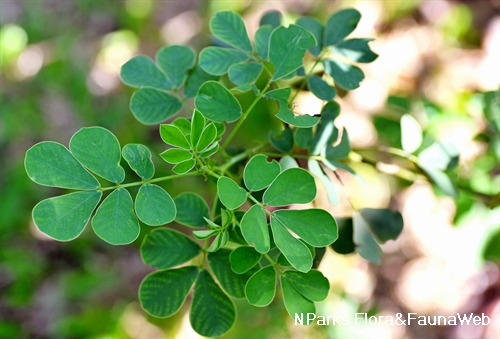
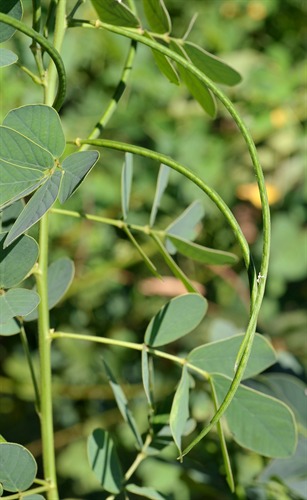
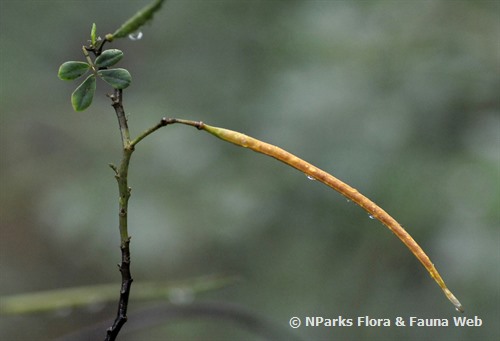
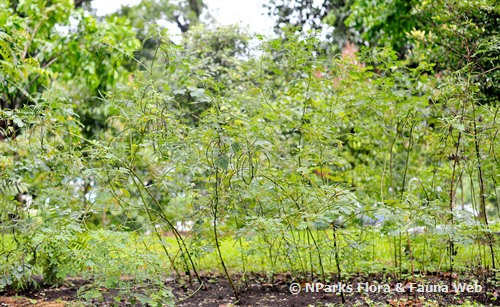
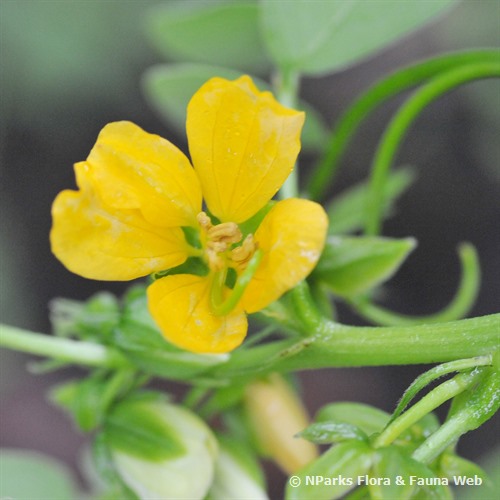
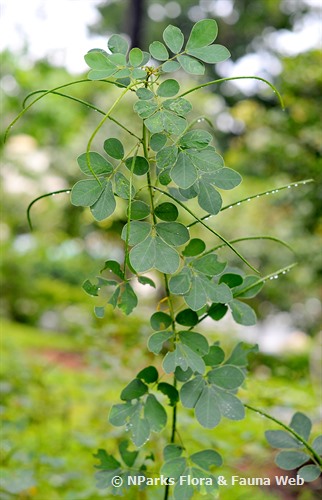
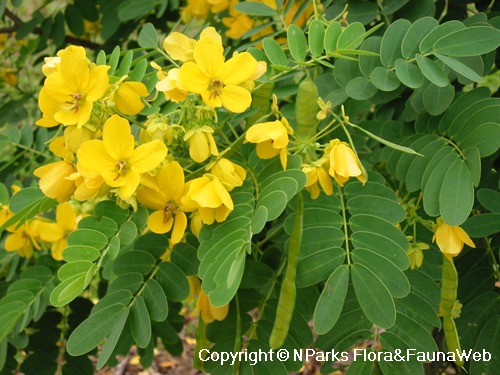
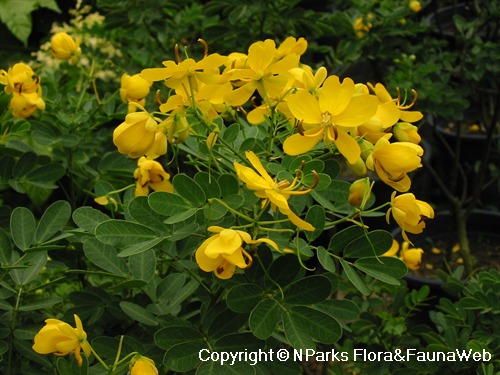

_lowres.jpg)